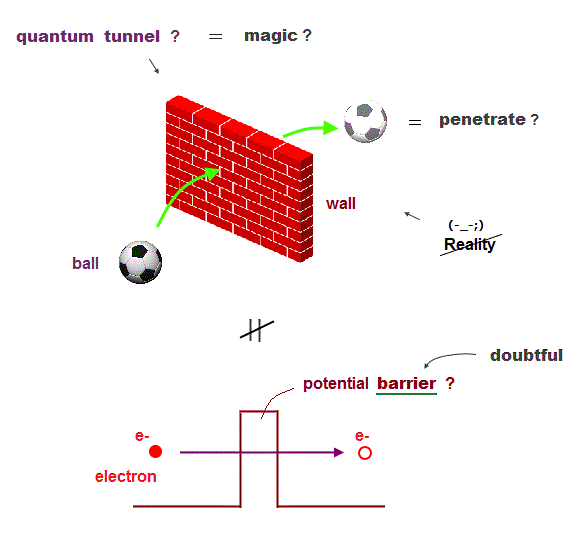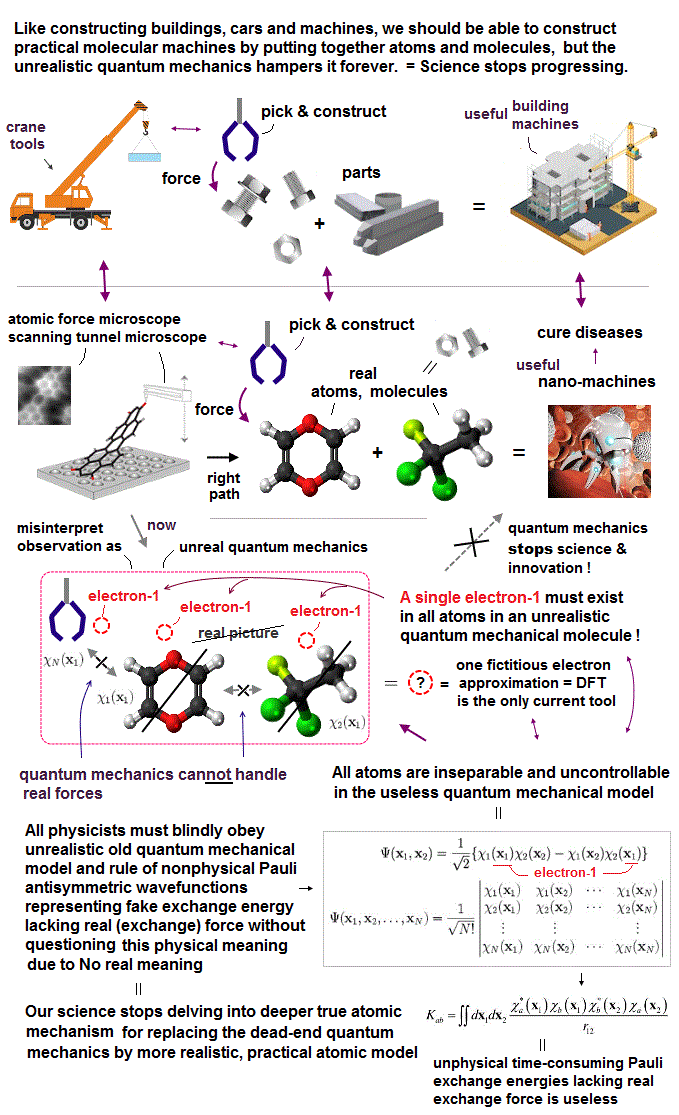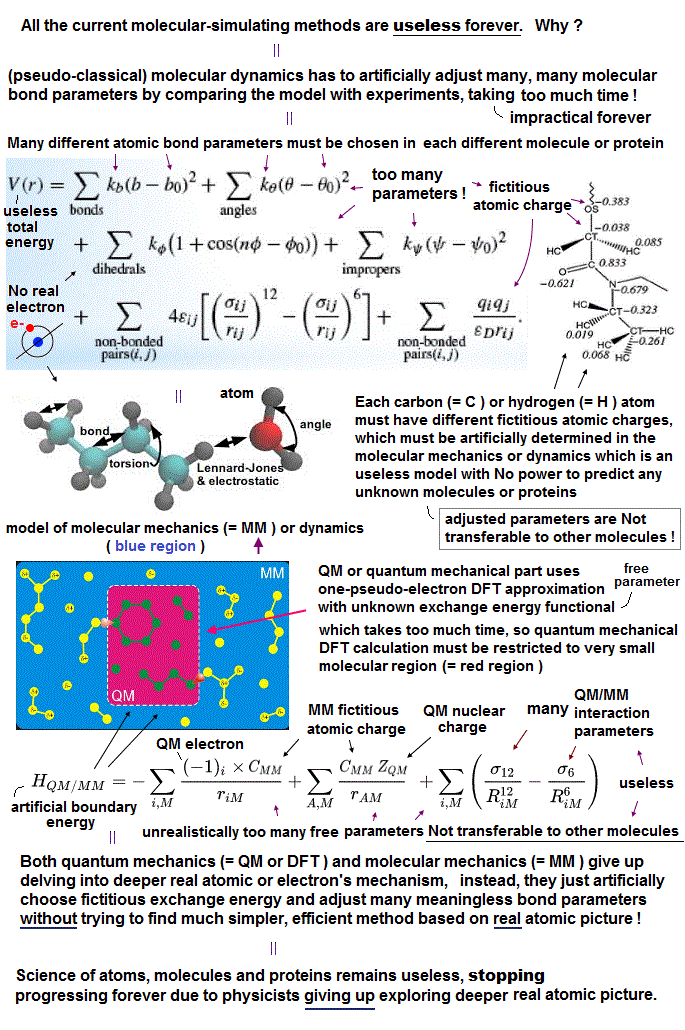
(Fig.1) Quantum tunneling is not occult phenomenon.

It is said that tunneling is the quantum mechanical phenomenon where a particle tunnels through a barrier that it classically could not surmount.
But in fact, quantum tunnel is one of realistic classical phenomena, not occult.
Quantum mechanics tries to explain this tunnel effect using vague wave function, avoiding clear mechanism.
(F.2) Tunnel current occurs only between very narrow gap ( ~ 1 Å )
Scanning tunneling microscope is said to utilize tunnel effect where an electron can tunnel through "air", when some voltage bias is applied.
Only when the tip of microcope approaches the surface of material very closely (~ 1 Å ), the electric current flows between them.
They claim the "air" is an insulator which never allows an electron to pass. So this microcope uses "magical" quantum tunnel effect ?
But it's natural that when two atoms get so close to each other, an electron can move into another atom from realistic (= classical ) viewpoint.
So tunnel has nothing to do with "occult" quantum mechanics.
How can scanning probe microscopes distinguish each single atom ? These microscopes detect sudden surge of electric current or force.
When the microscope tip is very close to the sample atom ( < 3 Å ), suddenly the electric current starts to flow between these two materials.
In the same way, the tip of atomic force microscope suddenly feels the strong repulsion from the sample atom, when they are very close to each other.
This increase in electric current ( or atomic force ) is so sudden that the microscopes easily detect those changes.
The problem is tunnel current can happen only when the sample is a conducting substrate. Atomic force microscope can be used in any sample.
Though very sensitive cantilever can detect each single atomic force, we need tunnel current to miniaturize a microscope to increse probes.
Fig.4 shows one example. Atomic force between the tip and sample bends very small lever, and its change can be easily detected as tunnel current change.
(Fig.3) We can control and move the tip very small distance ( < 0.1 Å ) !

In atomic force microscopy, we can observe and manipulate each single atom, using actuator .
It means we already have the technology of moving the tip of microscope very small distance ( < 0.1 Å ) to distinguish a single atom.
But under the useless quantum mechanics, we cannot move forward to the next step of making artificial molecules by controling each atom !
(Fig.6) ↓ A single probe cannot feel true "force" specific to each atom

All the present atomic force microscopes have only one single probe tip, which can detect only "relative" force to identify each atom.
When you press the tip of probe on some target atom. the force it can detect is not the true force specific to each atom.
The single probe can detect the force2 in Fig.2 between the whole molecule and the ground under it.
To know the true atomic force and radius specific to each atom, we need at least two probes, and put each atom between those probes !
Using two probe tips, not only identifying but also picking up each atom are possible !

2017/4/7 updated. Feel free to link to this site.